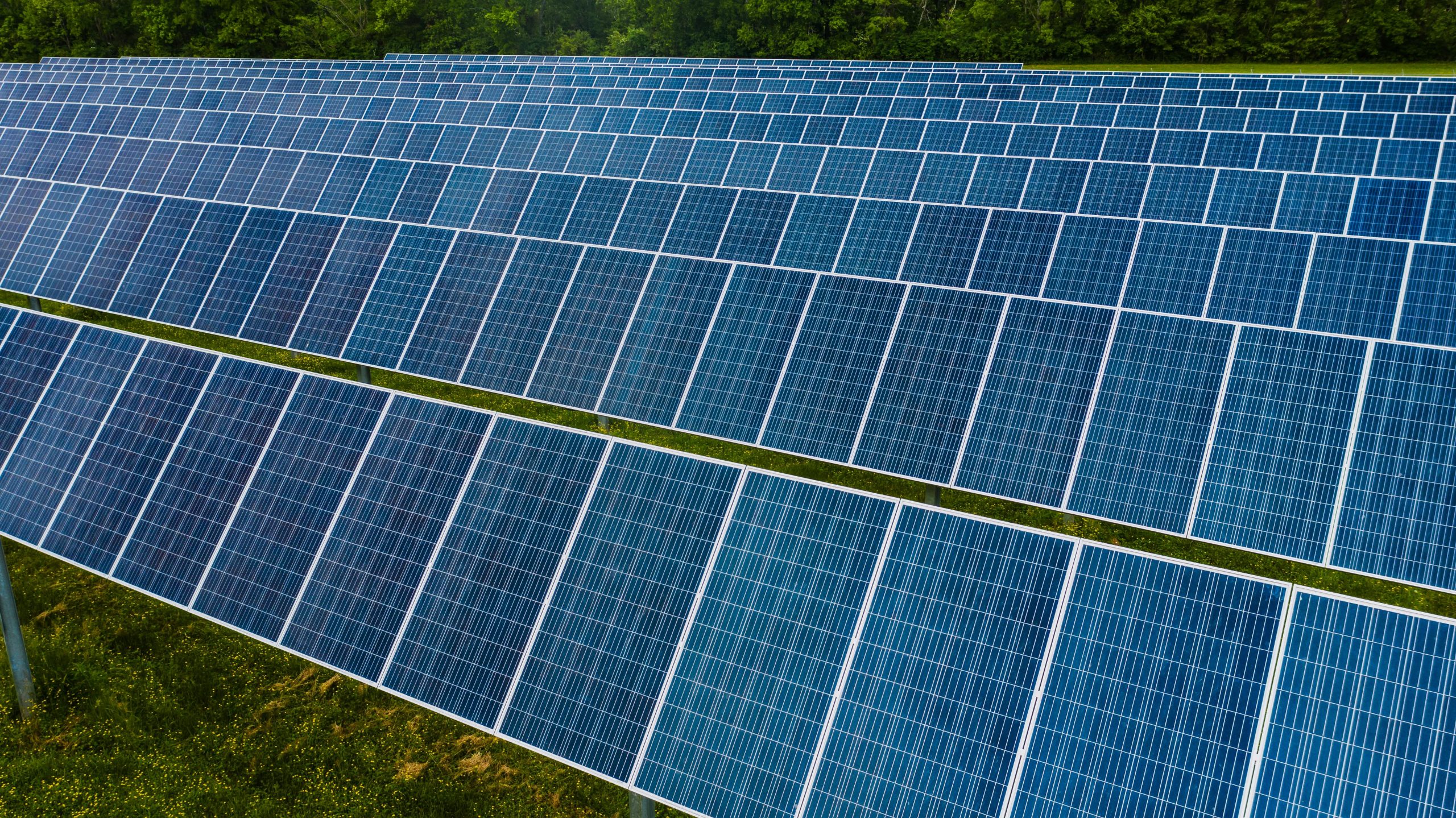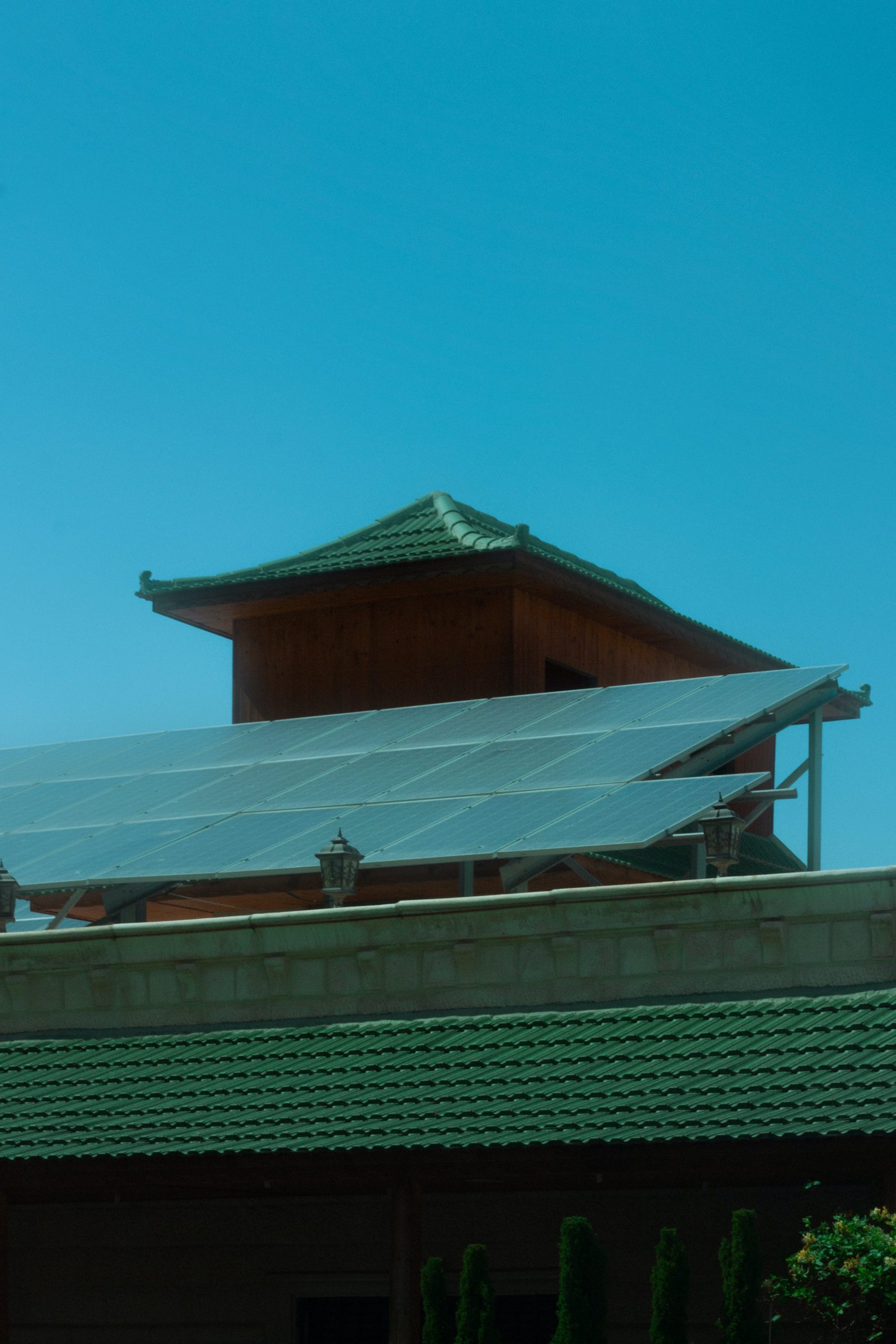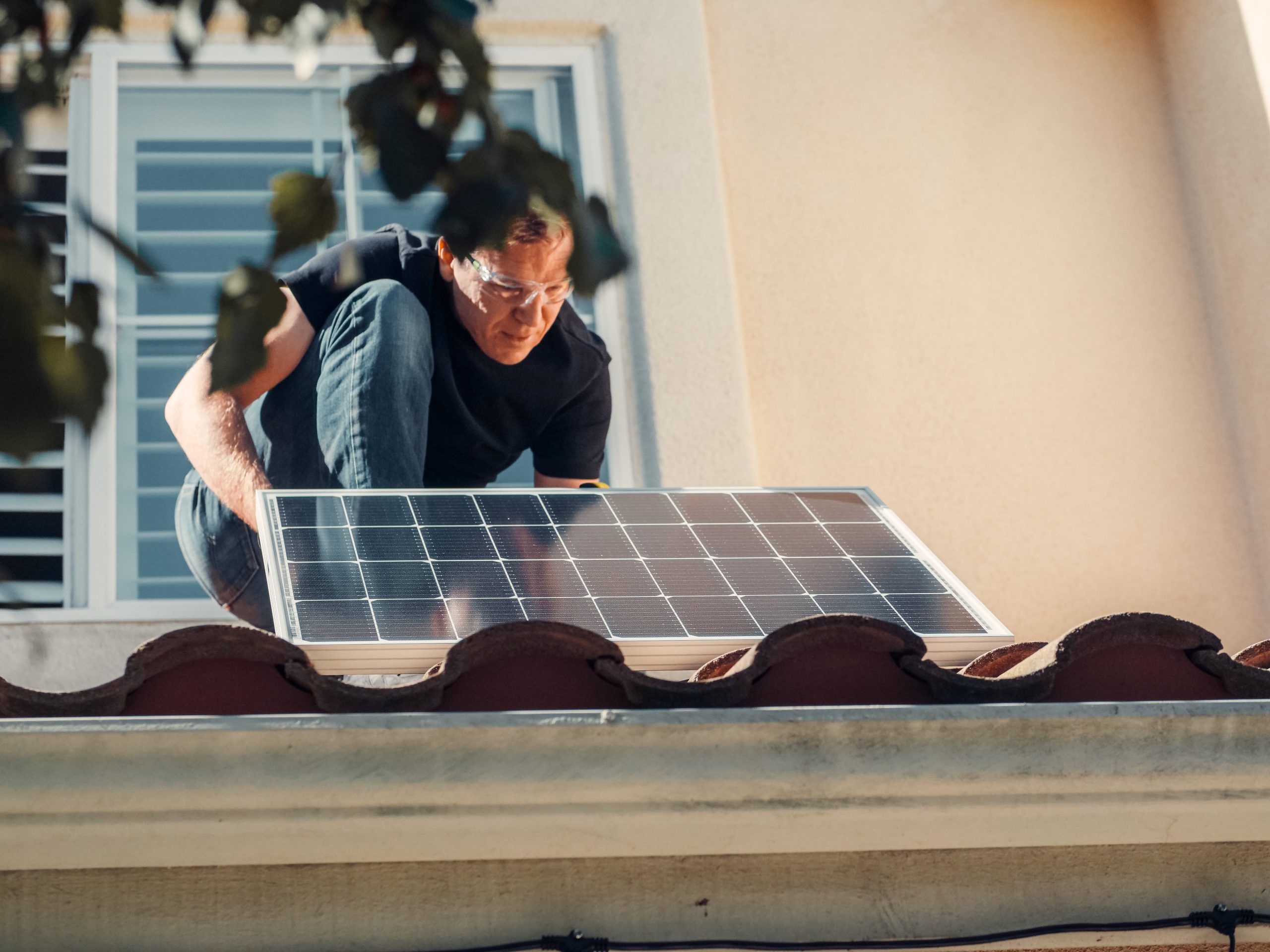How do you explain solar panels?
Solar panels often hailed as the future of energy play a pivotal role in harnessing the power of the sun to generate clean and sustainable electricity. As our world embraces the need for renewable energy sources understanding the intricacies of solar panels becomes crucial. Let embark on a journey to demystify the technology behind solar panels and explore the various facets that make them a beacon of hope for a greener future.
- Introduction to Solar Panels
In the wake of environmental concerns and the evergrowing demand for energy the significance of renewable sources has become more apparent. Solar panels a key player in this domain offer a sustainable solution by converting sunlight into electricity.
1.1. Importance of Renewable Energy
The introduction of solar panels signifies a shift towards reducing our dependence on nonrenewable resources mitigating environmental impact and creating a cleaner greener planet.
- Understanding the Basics
To comprehend solar panels one must first grasp the fundamental principles underlying their functionality.
2.1. Composition of Solar Panels
Solar panels are composed of photovoltaic cells typically made from silicon. These cells absorb sunlight and initiate the photovoltaic effect.
2.2. Photovoltaic Effect
The photovoltaic effect is the phenomenon where sunlight striking the surface of a solar cell initiates the release of electrons generating an electric current.
- Types of Solar Panels
Not all solar panels are created equal. Understanding the different types helps in making informed choices based on specific needs and preferences.
3.1. Monocrystalline Solar Panels
Known for their efficiency and sleek appearance monocrystalline panels are made from singlecrystal silicon offering higher energy conversion rates.
3.2. Polycrystalline Solar Panels
Polycrystalline panels though less efficient than monocrystalline provide a costeffective option making solar energy accessible to a broader audience.
3.3. ThinFilm Solar Panels
Thinfilm panels are flexible and lightweight allowing for versatile applications but may have lower efficiency compared to crystalline counterparts.
- Installation Process
Installing solar panels involves a systematic approach to ensure optimal performance and longevity.
4.1. Site Assessment
A thorough site assessment evaluates factors like sunlight exposure shading and structural considerations to determine the best placement for maximum efficiency.
4.2. Mounting and Wiring
Proper mounting and wiring are critical for the seamless integration of solar panels into existing electrical systems ensuring a reliable source of clean energy.
- Solar Panel Efficiency
Understanding the factors influencing efficiency helps users make informed decisions and sets realistic expectations.
5.1. Factors Influencing Efficiency
Variables like sunlight intensity temperature and panel orientation impact the overall efficiency of solar panels.
5.2. Latest Technological Advances
Ongoing research and development lead to innovations improving efficiency such as advanced tracking systems and improved panel materials.
- Environmental Impact
The environmental benefits of solar panels extend beyond clean energy production.
6.1. Clean Energy Production
Solar panels contribute significantly to reducing greenhouse gas emissions making them a sustainable choice for environmentally conscious individuals and businesses.
6.2. Recycling and Disposal
Efforts are underway to develop efficient recycling methods for solar panels addressing concerns about endoflife disposal.
- Cost Considerations
While the initial investment in solar panels may seem substantial the longterm savings and potential financial incentives make them a worthwhile investment.
7.1. Initial Investment
Understanding the upfront costs of solar panel installation helps individuals and businesses plan their budgets effectively.
7.2. LongTerm Savings
The reduction in electricity bills over time and potential government incentives contribute to the longterm financial benefits of solar panels.
- Maintenance Tips
Regular maintenance ensures the longevity and optimal performance of solar panels.
8.1. Regular Cleaning
Keeping solar panels clean from dust and debris enhances sunlight absorption maximizing energy production.
8.2. Monitoring System Performance
Regular monitoring helps identify and address any issues promptly ensuring consistent energy output.
- Advancements in Solar Technology
Staying informed about the latest technological advancements in the industry is essential for those considering solar panel adoption.
9.1. Smart Solar Panels
Integration with smart technology allows for remote monitoring and control optimizing energy production based on realtime data.
9.2. Integration with Energy Storage
Pairing with energy storage solutions enhances the ability to harness and store excess energy for later use.
- Common Misconceptions
Dispelling common myths and misconceptions about is crucial for encouraging widespread adoption.
10.1.Only Work in Sunny Areas
can generate electricity even on cloudy days although sunlight intensity may affect output.
10.2. Solar Panels Are Too Expensive
While the initial investment exists the longterm savings and government incentives make panels a costeffective choice.
- Government Incentives and Rebates
Financial support and incentives play a significant role in promoting solar adoption.
11.1. Financial Support for Solar Adoption
Government programs and incentives aim to make solar panel installation more affordable for individuals and businesses.
11.2. Tax Credits and Incentive Programs
Tax credits and other incentive programs further offset the costs of solar panel installation making it an attractive investment.
- Future of Solar Energy
Exploring emerging technologies and trends in the industry provides insights into the future of solar energy.
12.1. Emerging Technologies
Innovations like solar paint and transparent solar cells hint at a future where solar technology seamlessly integrates into our daily lives.
12.2. Increasing Accessibility
Efforts to make solar technology more accessible and affordable contribute to its widespread adoption.
- RealLife Success Stories
Highlighting reallife examples of successful solar installations inspires confidence and showcases the tangible benefits of embracing solar energy.
13.1. Residential Installations
Stories of homeowners experiencing reduced energy bills and environmental impact inspire others to make the switch to solar.
13.2. LargeScale Solar Projects
The success of largescale solar projects demonstrates the scalability and potential impact of energy on a grand scale.
- Overcoming Challenges
Addressing challenges both technological and societal is essential for the continued growth of solar energy.
14.1. Public Awareness and Education
Increasing awareness and educating the public about the benefits and practicalities of solar energy are crucial for widespread adoption.
14.2. Technological Barriers
Ongoing research focuses on overcoming technological limitations ensuring a brighter future for solar energy.
Final Word
In understanding how work is the first step towards embracing this transformative technology. From their basic composition to installation efficiency and future possibilities offer a sustainable solution to our energy needs. By dispelling misconceptions exploring advancements and sharing success stories we pave the way for a future powered by clean and renewable energy.
FAQs Frequently Asked Questions
- Are solar panels only effective in sunny climates?
- No solar panels can generate electricity even in less sunny areas although the output may vary.
- Are government incentives available for solar panel installation?
- Yes various financial incentives including tax credits aim to make more affordable.
- What is the lifespan of solar panels?
- On average have a lifespan of 25 to 30 years.
- How can I monitor the performance of my solar panel system?
- Many systems come with monitoring tools and professional services can also assist in performance tracking.
- Are there advancements in solar technology that I should be aware of?
- Yes innovations like smart and integration with energy storage are transforming the solar industry.
-

How do you explain solar panels?









